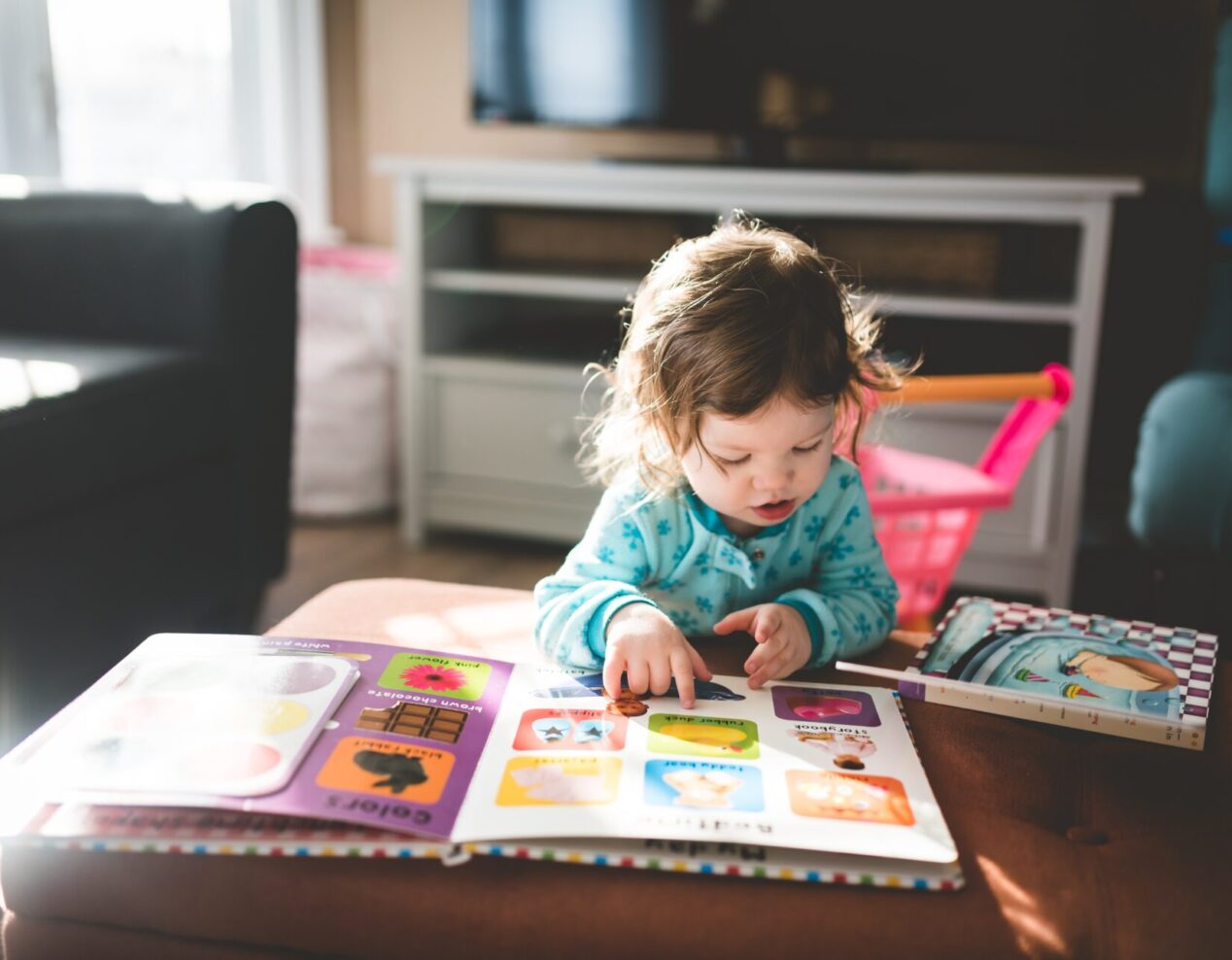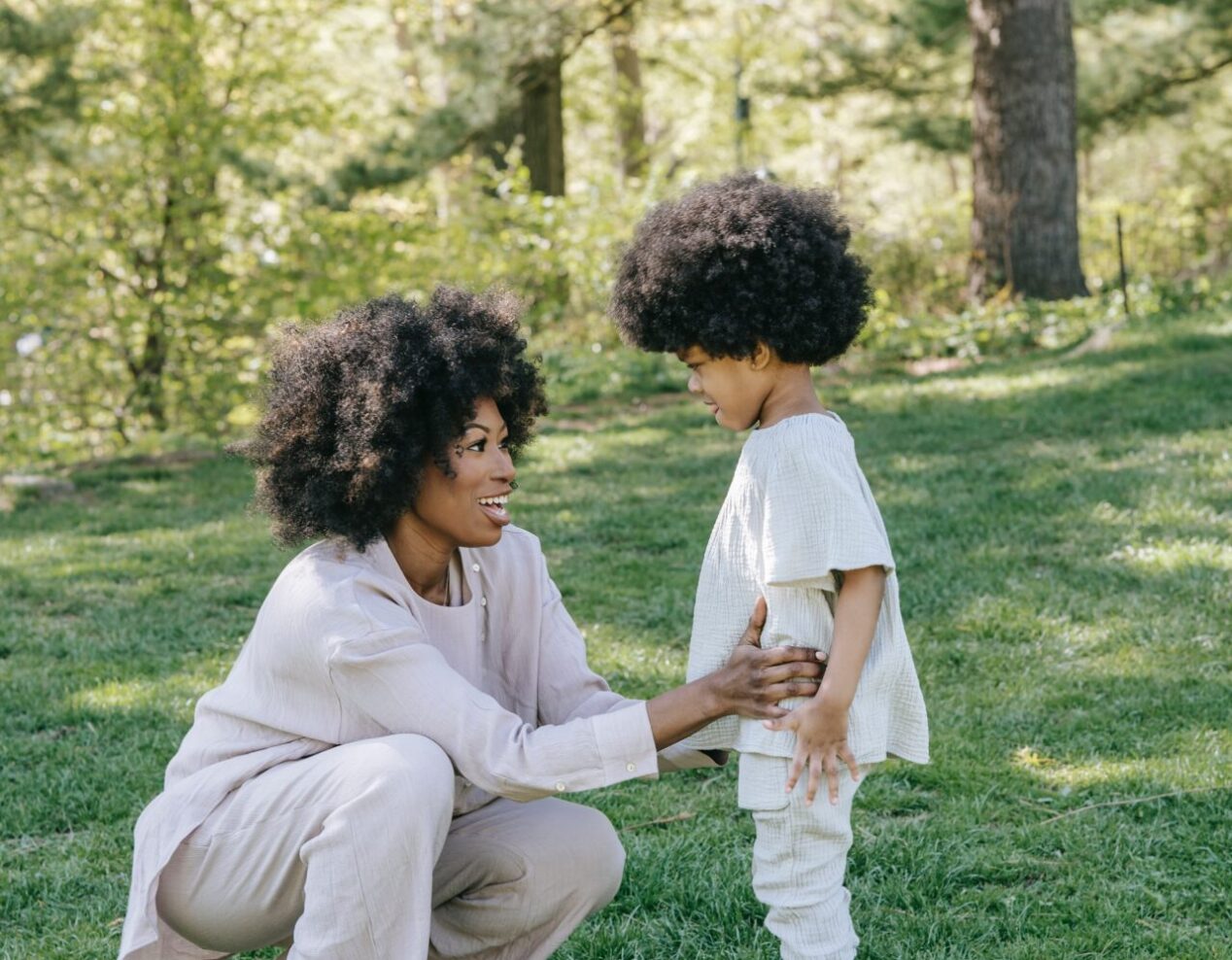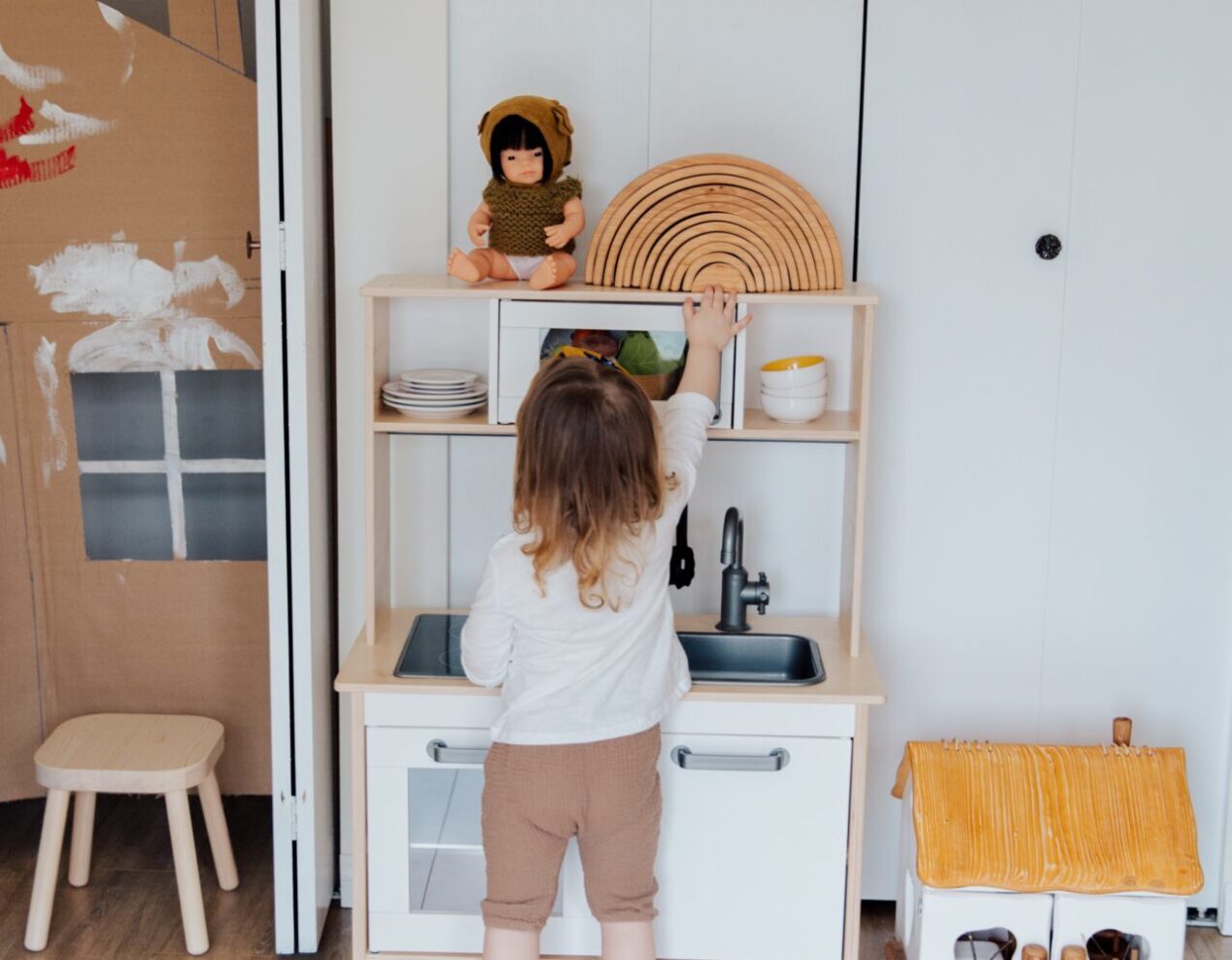The wondrous encyclopedia inside your child’s mind

Gazing into the vibrant illustrations of a book, a baby sits entranced, absorbing the world in tiny increments. Up to this moment, the baby has primarily relied on tactile sensations to understand their surroundings, be it through tasting, feeling, observing, or resonating with diverse sounds.
Yet, as days turn into months, there’s a distinct transition occurring in their mind. Each experience and interaction is meticulously catalogued, akin to entries in a vast encyclopedia. With every passing day, the neural connections intensify, weaving a sophisticated tapestry that becomes the bedrock of their cognitive capabilities.
The significance of introducing real-world experiences to foster these neural networks cannot be stressed enough. Doctor Will Staso, a renowned psychologist and author of titles such as “Neural Foundations” and “Brain Under Construction”, has observed:
“True understanding and a profound neural structure emerge when children are presented with tangible objects and situations, experienced through diverse sensory inputs.”
Understanding through association
Imagine the scenario: a child comes across an illustration of an apple on one of the ‘Visual Exploration’ cards.
Different parts of their brain get to work. The hue of the apple is archived in one segment, while its form finds a place elsewhere. When the term “apple” is articulated, the corresponding sound finds yet another unique spot in their cerebrum.
Over time, with enough repetition, the auditory cue of “apple” will be innately linked with its visual counterpart.
Now, venture a little further. Picture guiding the child to the pantry and presenting them with an actual apple. The child discerns its texture, evaluates its weight, observes it being sliced, and recognizes its typical storage place.
An outing to the local market unravels even more layers. Apples can be seen in abundance, showcasing that they can wobble and fall, have twistable stems, and come in an array of hues. Holding and taking a bite introduces the taste, and there’s a realization that its entirety cannot be devoured in one go.
The intricate web of connections associated with just one item – the apple – is truly remarkable.
Indeed, the most impactful insights arise when a child is actively engaged with commonplace items and occurrences in their environment.



